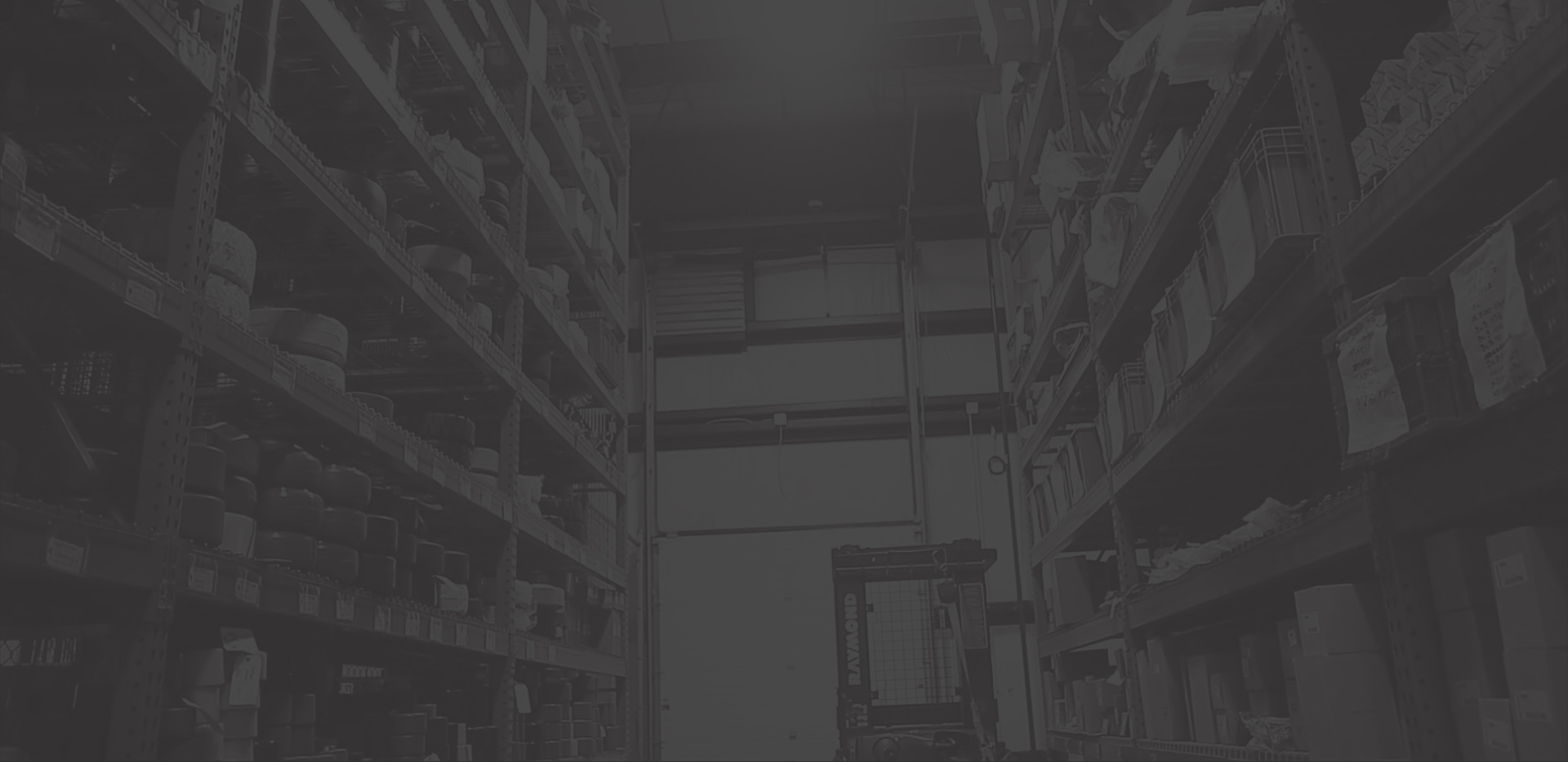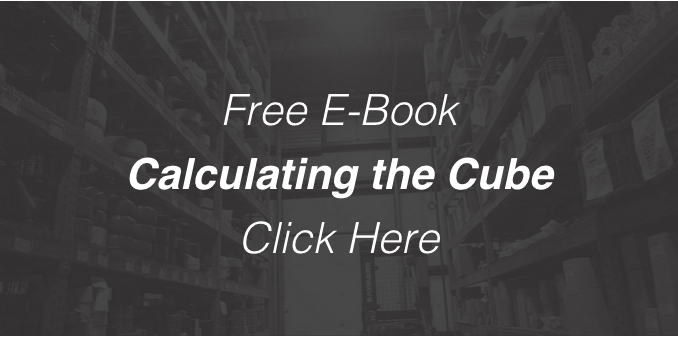
When you work in any business that requires the use of warehouses and forklifts, consistent uptime and safety are paramount to success. The more time you spend repairing forklifts and handling accidents is more time your business is losing money. No one wants to deal with accidents, so maybe a little bit of preparation can reduce the chances of having any. That being said, accidents can happen and each warehouse has its own idiosyncrasies that may, or may not, respond to different types of safety measures. Regardless, it is always worth pursuing safety measures in hopes of reducing accidents and we’ve compiled a few ideas that may help keep your forklifts (and thus warehouse) more accident free.
Make sure your equipment is ready
Start by consulting with the forklift manufacturer, or a local dealer, to confirm that your equipment is fitted with all of the proper safety devices for your situation. Be sure to review the available options carefully and consider their impact on your operation. Only you know what is right for your facility! Next be sure to follow the manufacturer’s recommended maintenance schedules to keep it operating properly. Finally, properly repair any break downs or deficiencies which may crop up from time to time and don’t forget to have a lock out-tag out procedure to prevent a truck from being used when it may be unsafe.
Get lights mounted onto your forklifts
One relatively new innovation is an intense spotlight that shines on the floor approximately ten feet in front of your forklifts. This isn't a failsafe, obviously, but it can provide a warning to those in the path of travel and provide a little more time for a reaction if contact is imminent. This one is relatively inexpensive, too.
Get alarms and warning lights that activate when drivers are in reverse
Chances are more accidents happen when forklift drivers are in reverse. Operators should always face the direction of travel, but some types of trucks may not allow this. In these cases, drivers should do their best to turn around and take special care when in reverse. Some people may choose to use mirrors for reverse travel, but they inevitably have blind spots and can create a false sense of security. We recommend against the use of mirrors. Equipping your forklifts with alarms and warning lights that give a clear signal of when your forklifts are moving in reverse may help alert others and reduce accidents.
Install impact sensory devices
Probably the most sophisticated of the bunch — impact devices. These are super handy and use sensors to take certain actions if an impact has occurred. You can set these to execute a variety of different events, but most devices offer features such as automatically disabling the forklift temporarily or sounding an alarm. Some of these devices can even wirelessly report how many impacts there were as well as the operator and the severity of the impact. This is a fantastic way to see where the most accident-prone areas are in your warehouse or even tell you if some operators may need additional training.
Give training materials to pedestrians and non-warehouse employees
Warehouses aren’t exclusive to warehouse employees. There can be customers, vendors, guests, and company management walking through creating more human interaction and sometimes obstructing specific aisles temporarily. Consider offering a free course/have instructional materials readily available about keeping safe as a pedestrian walking around the warehouse. It is dangerous and costly when forklift accidents occur, and pedestrians should be informed of the risk.
Make sure you train your operators
OSHA requires that all forklift operators complete an approved training course. Make sure your company provides it. If you need help, there are outside companies that will do the training for you! And once they finish their training, make sure you have them retrained as required by OSHA and review the materials on a set schedule.
As mentioned previously, accidents can happen. These ideas are simply precautionary measures and shouldn't be taken as a method of complete prevention. However, they are some of the ways some companies have found to help reduce the chance of forklift accidents and keep your warehouse running better, your employees & pedestrians safer, and ultimately make you more money.
Do you work in a warehouse? Do you use pallet storage? Check out our free Calculating the Cube Storage eBook below!




